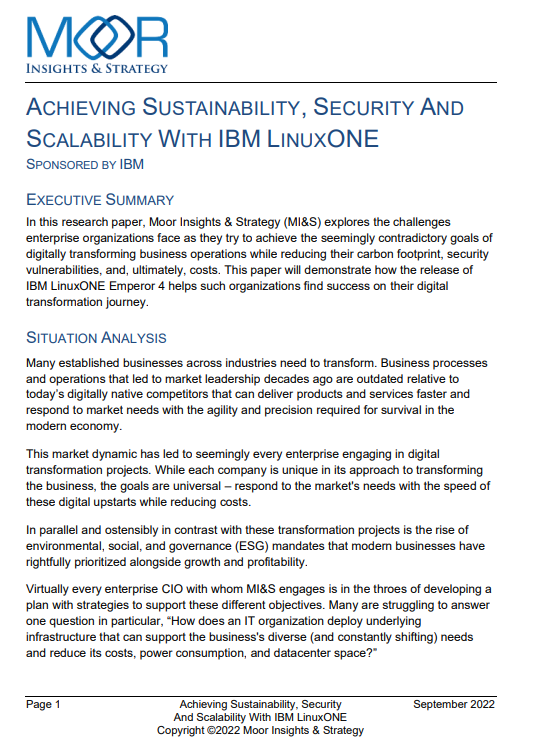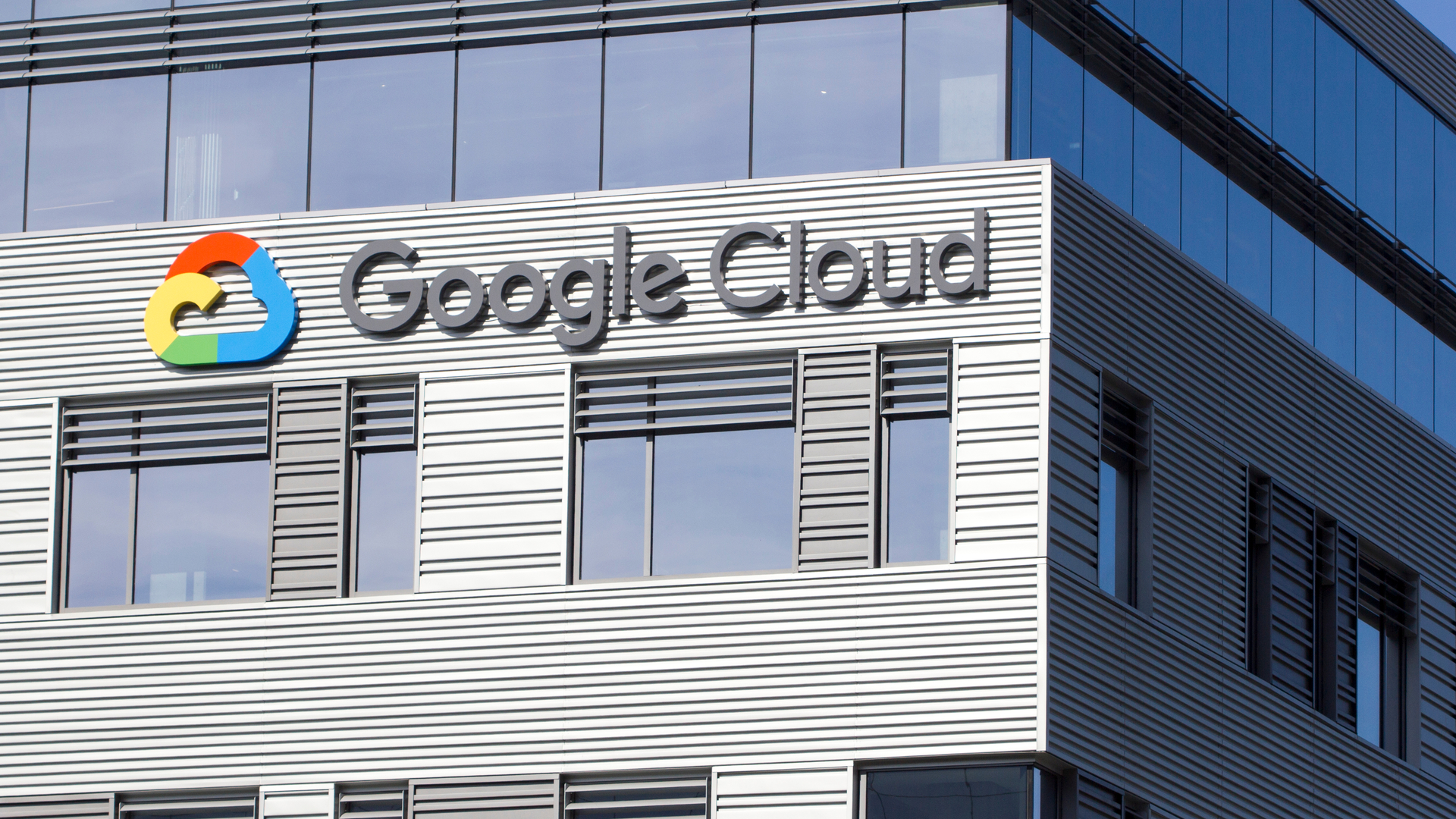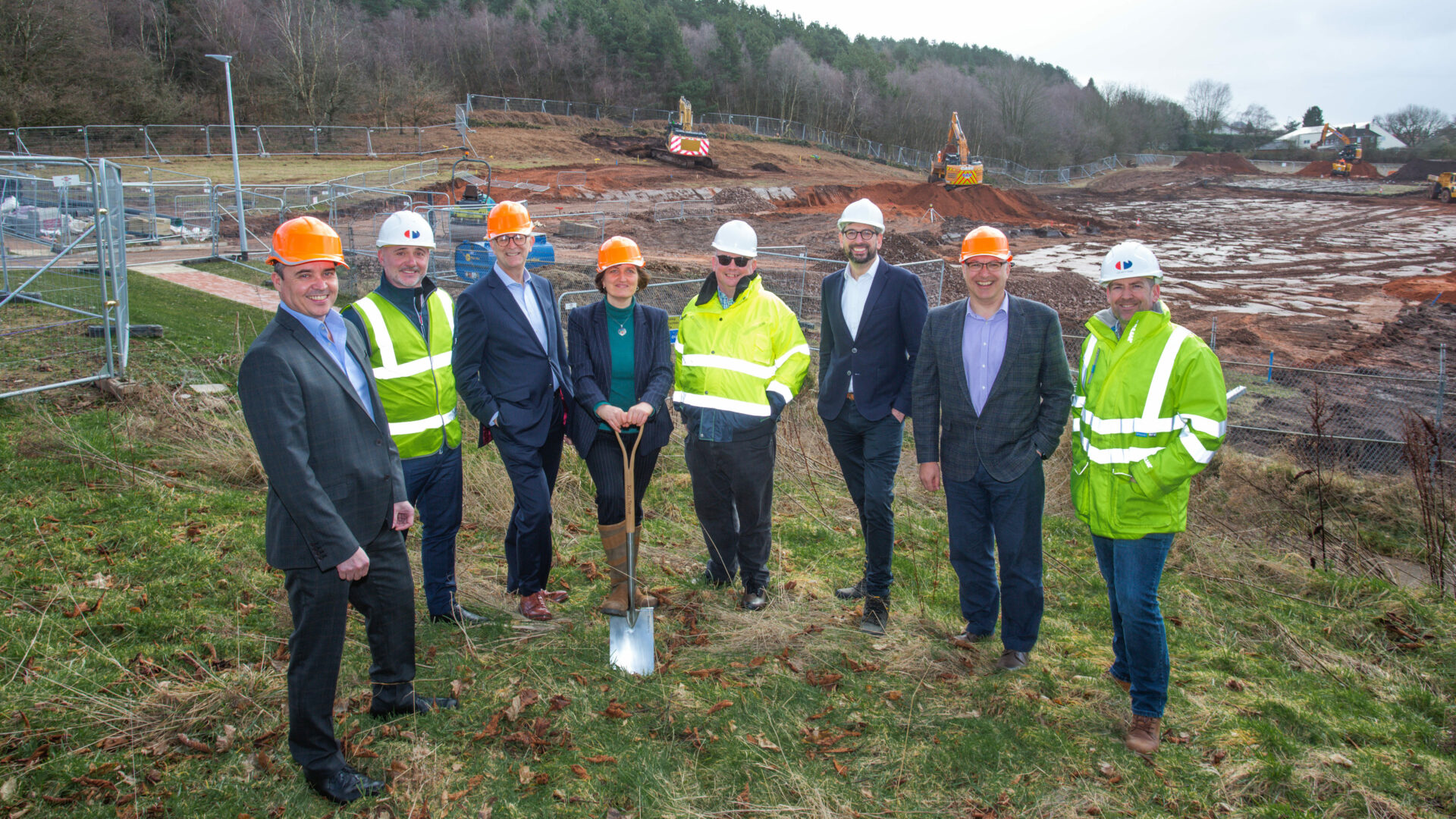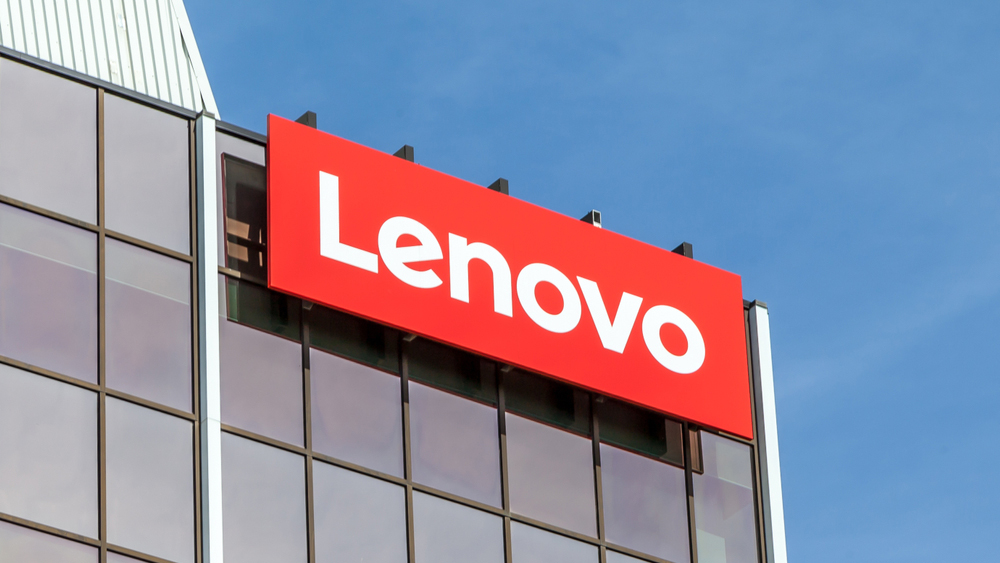How quantum computing can fight climate change
Quantum computers could help unpick the challenges of climate change and offer solutions with real impact – but we can’t wait for their arrival


Technology won’t save us from climate change, but it could certainly help – and the leap forward in processing power expected to come with quantum computing could help expand our understanding of our changing world. It could also reveal how to reduce the impact of carbon emissions and spark innovations that make a real-world difference.
Although quantum physics-based technology is still relatively embryonic, important milestones have been reached recently. Google laid claim to reaching quantum supremacy in 2020, for instance, which means a quantum computer can solve a problem no classical computer can in a feasible length of time.
It’s well worth the effort, argues Philipp Ernst, senior expert in the innovation practice at McKinsey, and Niko Mohr, partner at McKinsey Dusseldorf, who have identified five ways that quantum computing could be put to practical use addressing climate change. Totted up, these five quantum-powered solutions would slash seven gigatons of carbon emissions by 2035, helping to keep the globe on track to warm by 1.5°C – the target to avoid catastrophe.
How useful are quantum computers today?
Quantum computers exist, but they’re small in scale and more qubits are needed for error correction, but progress has been made in recent years. “If you look back at the last ten years, you basically started with these two, four, five, ten cubit systems,” Ernst says. “They are in the vicinity of 100 aiming for 1,000 cubits, so this is evolving.”
“The very rough consensus estimate is that the real breakthroughs can come once you’ve established error-corrected, fault-tolerant quantum computing,” he adds. “We’re talking orders of magnitude here – it probably needs around a million cubits in order to realise that.”
Right now, because of the noise on the system, existing quantum systems can run about 50 gates, similar in thinking, at least, to logic gates on a classical computer. To achieve something beyond what an existing computer could do, we’d need a billion quantum gates.
That should happen, Ernst predicts, within the second half of this decade, helped by advancements in hardware as well as improvements to algorithms that run on that hardware. He notes, however, there is some disagreement, and companies in the industry believe they’ll be able to do useful, commercially viable work on quantum computers before then.
Get the ITPro daily newsletter
Sign up today and you will receive a free copy of our Future Focus 2025 report - the leading guidance on AI, cybersecurity and other IT challenges as per 700+ senior executives
How quantum computing can fight climate change
One of the most compelling use cases for quantum computing is modelling and simulation, and that could enable breakthroughs by researchers in a range of topics, from green energy to slashing industrial carbon.
McKinsey argues that applying quantum computing to the following areas could add up to enough emissions savings to get the world back on track to net zero before 2050. This includes creating higher-density batteries for lorries and grids (1.4 gigatons of CO2 emissions), decarbonising cement (1.5 gigatons), and creating anti-methane vaccines for cattle (1.1 gigatons), among other areas.
1. Redesigning solar panels
Let’s look at solar panels. Without quantum computers, they’ve been an unquestionable success, with costs falling 82% over the last decade, becoming one of the cheapest sources of energy. However, existing panels have an efficiency rate of about 20%, with the vast majority of energy lost. Improving that would make solar panels significantly more important in terms of national energy creation, particularly in northern geographies with less sunlight.
A solution has been spotted in a crystalline structure called perovskites. There are, however, billions of options for the arrangement of molecules and the materials to make them, and development is currently a matter of trial and error. “Perovskites are just a structure where you can put different atoms in… creating different physical properties,” Ernst says. “You’re trying to synthesise a new compound with a better yield, but there are problems in terms of durability and toxicity. It takes tonnes of time to cycle through all these questions.”
Because of that, progress is slow, and research has become incremental. A quantum computer would make short work of it, though. “You could effectively identify the specific compounds that would have a high efficiency, basically increasing it from 20 to 25% where it currently is for solar cells to a theoretical limit of 40%,” Ernst explains. The material needs to be produced and fashioned into solar cells at a mass scale, but once that’s achieved it should lead to a step-change in power generation.
2. Generating green hydrogen and ammonia
McKinsey also identifies other areas where quantum computing could yield real results. For example, green hydrogen was – before fuel prices went berserk – 60% more expensive than natural gas. By optimising the procedure to produce green hydrogen, known as electrolysis, the process could become significantly more efficient, slashing the cost below emissions-spewing gases. The same could follow for green ammonia, McKinsey argues, helping to decarbonise the shipping industry.
3. Increasing battery capacity
Detailed modelling that isn’t available today could help do the same for batteries, increasing energy density through chemical breakthroughs, letting them power lorries to slash emissions from transport and support renewables on the power grid.
4. Creating reduced-carbon cement
Simulating material makeu-ps for new, reduced-carbon cement could solve a little-known source of immense amounts of emissions, while finally cracking carbon capture could be possible thanks to accurate modelling rather than trial and error.
5. Reducing methane emissions
One major source of emissions is cows. Research suggests it would be possible to reduce methane expulsion from cattle via a vaccine, but right now development is down to trial and error. A quantum computer could make light work of it, letting researchers unpick the perfect molecule for this important, but odd, job.
Readying the quantum computing ecosystem
For all of this to work as quickly as possible, we need not only working quantum hardware, but also the components to build the hardware, software to operate systems, and platforms for researchers to run their apps and modelling. “In the end, it’s about developing a fully-fledged ecosystem, starting from the components fully through to the tech stack with services on top, which needs to be in place,” says Mohr.
RELATED RESOURCE

Achieving sustainability and performance goals with IBM LinuxONE
Helping organisations find success in achieving digital transformation while reducing their carbon footprint
Before that happens, we’ll likely see hybrid systems with classical computers paired with quantum power, dividing problems into pieces that each can handle. Many of these services might be accessed through the quantum cloud. Once such systems are up and running, how do we ensure they’re used to solve the most serious issues facing society? In some cases, the market will drive it, says Ernst, noting that anyone who can boost the efficiency of solar panels will find plenty of customers, although some other ideas might need help to take off. “I believe in the end this can only be a combination of government support, philanthropic support, and visionaries that will enable some of the use cases that are not the most attractive economically, but will have a huge impact,” says Ernst.
Although the impact of quantum computing might sound promising, ultimately, society can’t wait for the technology to save us. “You obviously need to continue with other efforts,” he explains. “What we’ve modelled is that the impact of quantum computing can be significant, but it’s on top of [other] measures. Given the importance of this problem, you basically need to do everything you can.”
Freelance journalist Nicole Kobie first started writing for ITPro in 2007, with bylines in New Scientist, Wired, PC Pro and many more.
Nicole the author of a book about the history of technology, The Long History of the Future.
-
 Seized database helps Europol snare botnet customers in ‘Operation Endgame’ follow-up sting
Seized database helps Europol snare botnet customers in ‘Operation Endgame’ follow-up stingNews Europol has detained several people believed to be involved in a botnet operation as part of a follow-up to a major takedown last year.
By Emma Woollacott Published
-
 Young tech professionals are shunning a full-time return to the office – unless it pays more
Young tech professionals are shunning a full-time return to the office – unless it pays moreNews Young tech professionals who entered the workforce post-pandemic expect on-site work to be paid more than remote options.
By Emma Woollacott Published
-
 Google claims its AI chips are ‘faster, greener’ than Nvidia’s
Google claims its AI chips are ‘faster, greener’ than Nvidia’sNews Google's TPU has already been used to train AI and run data centres, but hasn't lined up against Nvidia's H100
By Rory Bathgate Published
-
 £30 million IBM-linked supercomputer centre coming to North West England
£30 million IBM-linked supercomputer centre coming to North West EnglandNews Once operational, the Hartree supercomputer will be available to businesses “of all sizes”
By Ross Kelly Published
-
 “Botched government procurement” leads to £24 million Atos settlement
“Botched government procurement” leads to £24 million Atos settlementNews Labour has accused the Conservative government of using taxpayers’ money to pay for their own mistakes
By Zach Marzouk Published
-
 Dell unveils four new PowerEdge servers with AMD EPYC processors
Dell unveils four new PowerEdge servers with AMD EPYC processorsNews The company claimed that customers can expect a 121% performance improvement
By Zach Marzouk Published
-
 Intel unveils Max Series chip family designed for high performance computing
Intel unveils Max Series chip family designed for high performance computingNews The chip company claims its new CPU offers 4.8x better performance on HPC workloads
By Zach Marzouk Published
-
 Lenovo unveils Infrastructure Solutions V3 portfolio for 30th anniversary
Lenovo unveils Infrastructure Solutions V3 portfolio for 30th anniversaryNews Chinese computing giant launches more than 50 new products for ThinkSystem server portfolio
By Bobby Hellard Published
-
 Microchip scoops NASA's $50m contract for high-performance spaceflight computing processor
Microchip scoops NASA's $50m contract for high-performance spaceflight computing processorNews The new processor will cater to both space missions and Earth-based applications
By Praharsha Anand Published
-
 BAE Systems lands $699 million US army HPC contract
BAE Systems lands $699 million US army HPC contractNews Defense giant will operate and maintain the military’s high performance computing systems until 2027
By Daniel Todd Published